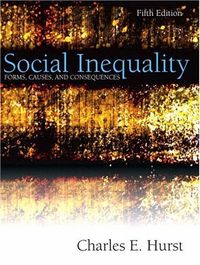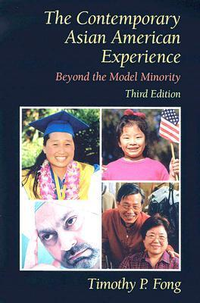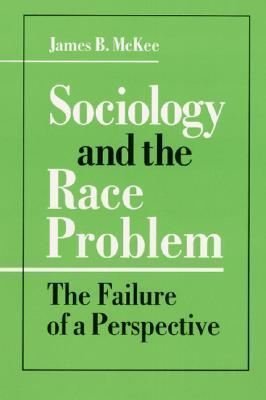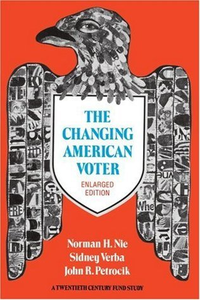Diverging Parties: Social Change, Realignment, and Party Polarization

Summary
Party polarization in the House of Representatives has increased recently. Explaining this development has been difficult given current interpretations of American elections. The dominant framework for interpreting elections has been to see them as candidate-centered or individualistic. This book explains the emergence of party polarization by focusing on how the constituencies of House districts affect partisan outcomes and the subsequent voting behavior of House members. The analysis is premised on the simple argument that members are elected from districts, and an explanation of polarization must begin with districts. The origins of polarization lie in the realignment of the electoral bases of the parties, and the shifting demographic composition of America. The analysis will focus primarily on changes since the 1960s.
Similar Books
-
 Social Inequality: Forms, Causes, and Consequences, Fifth Edition
Social Inequality: Forms, Causes, and Consequences, Fifth Editionby Charles E. Hurst
-
 Race and Ethnicity in Society: The Changing Landscape (with InfoTrac)
Race and Ethnicity in Society: The Changing Landscape (with InfoTrac)by Elizabeth Higginbotham
-

-
 The Contemporary Asian American Experience: Beyond the Model Minority
The Contemporary Asian American Experience: Beyond the Model Minorityby Timothy P. Fong
-
 Sociology and the Race Problem: THE FAILURE OF A PERSPECTIVE
Sociology and the Race Problem: THE FAILURE OF A PERSPECTIVEby James B. McKee
-
 The Changing American Voter
The Changing American Voterby Norman H. Nie
-

-
 Class Structure in Australian History: Documents, Narrative and Argument
Class Structure in Australian History: Documents, Narrative and Argumentby Raewyn W. Connell
-
 Elite & Social Change: A Study of Elite Formation in India
Elite & Social Change: A Study of Elite Formation in Indiaby Suren Navlakha
-
 The Political World of a Small Town: A Mirror Image of American Politics
The Political World of a Small Town: A Mirror Image of American Politicsby Nelson Wikstrom